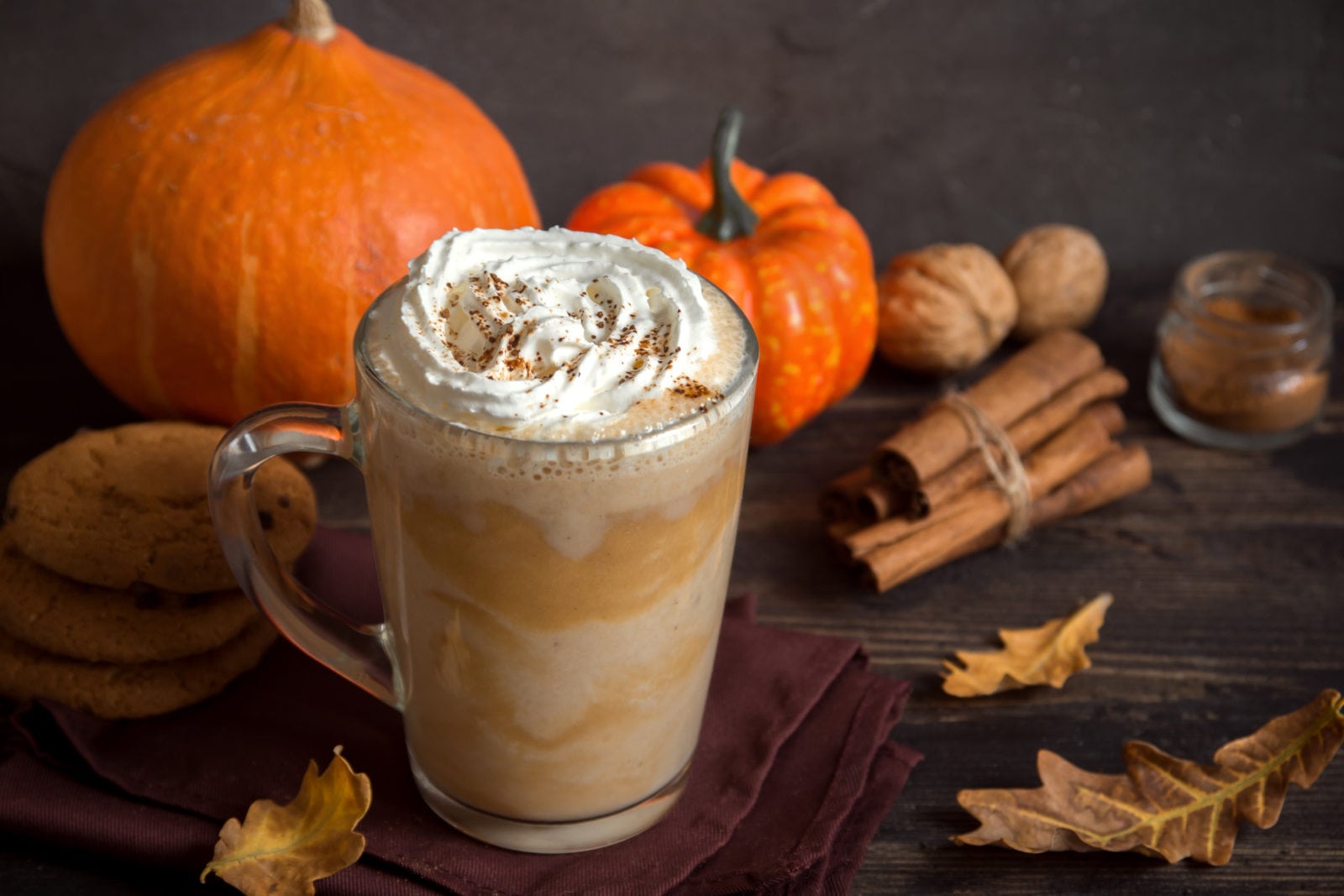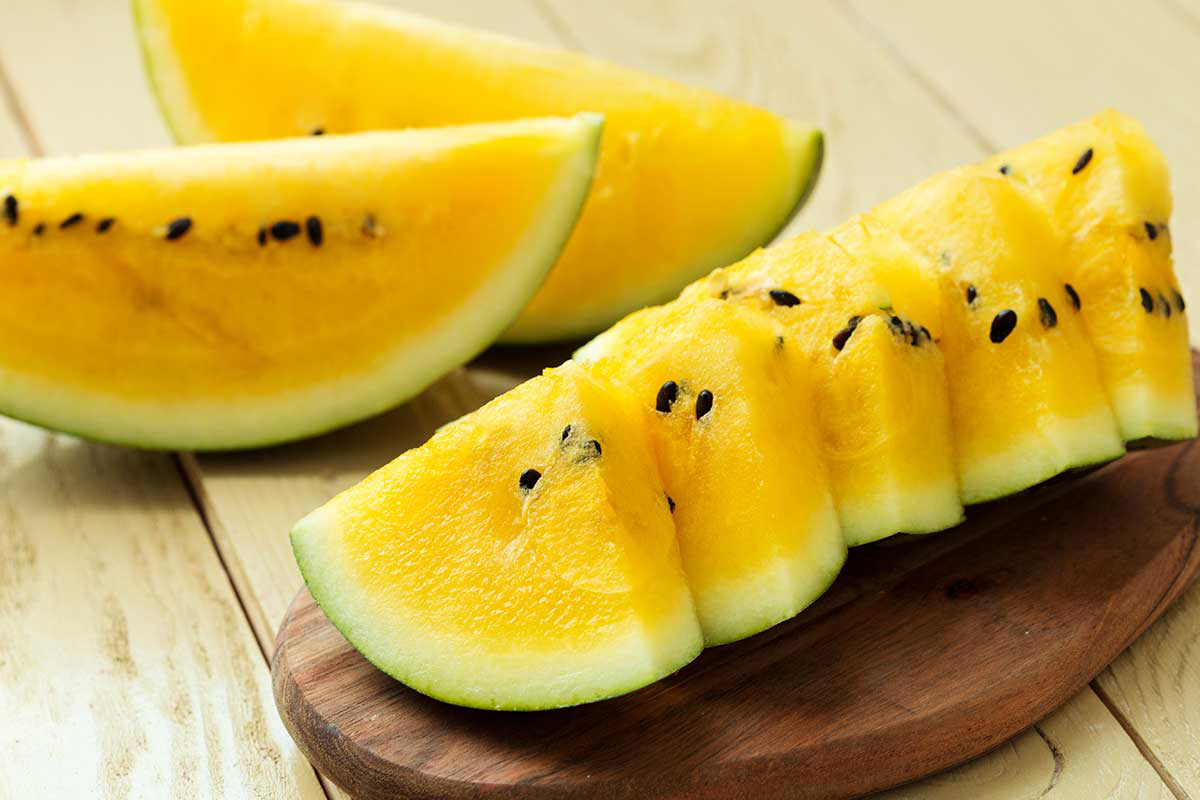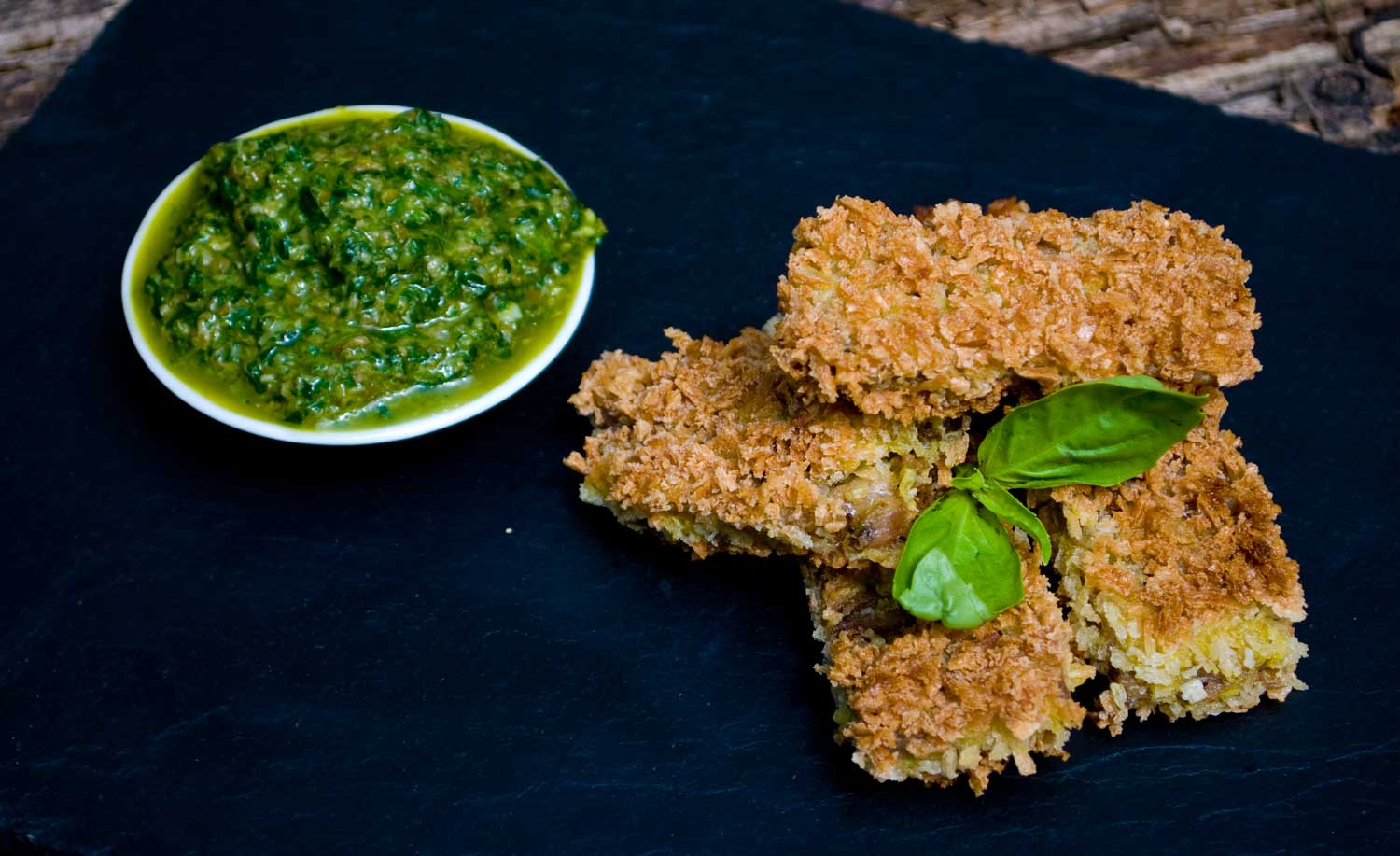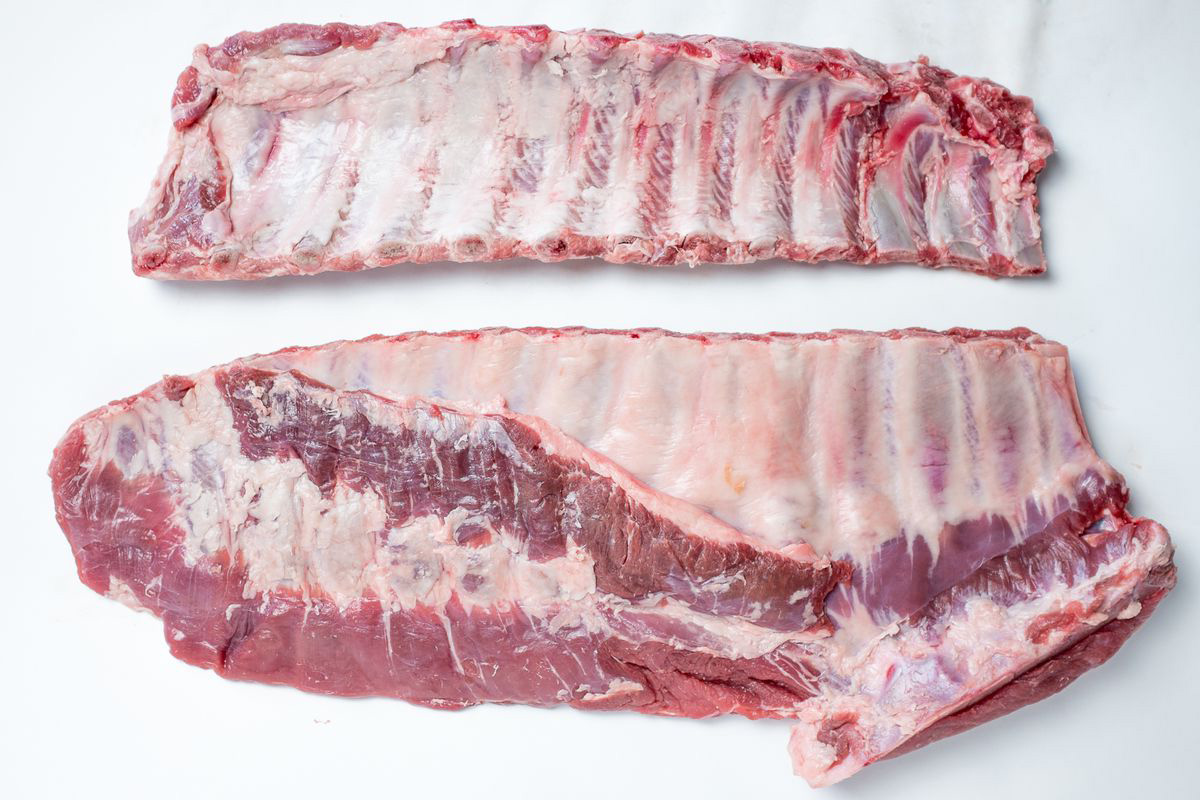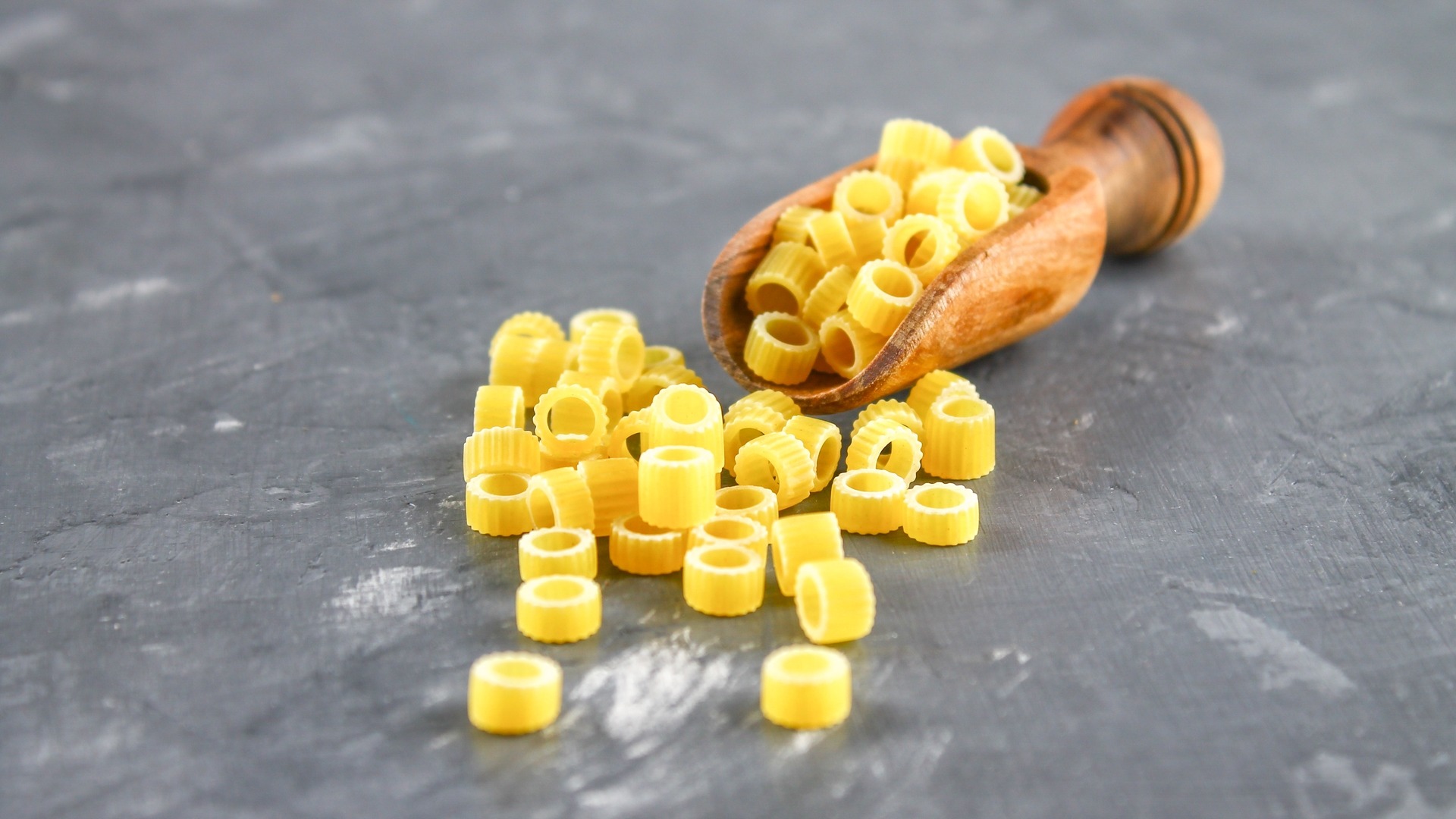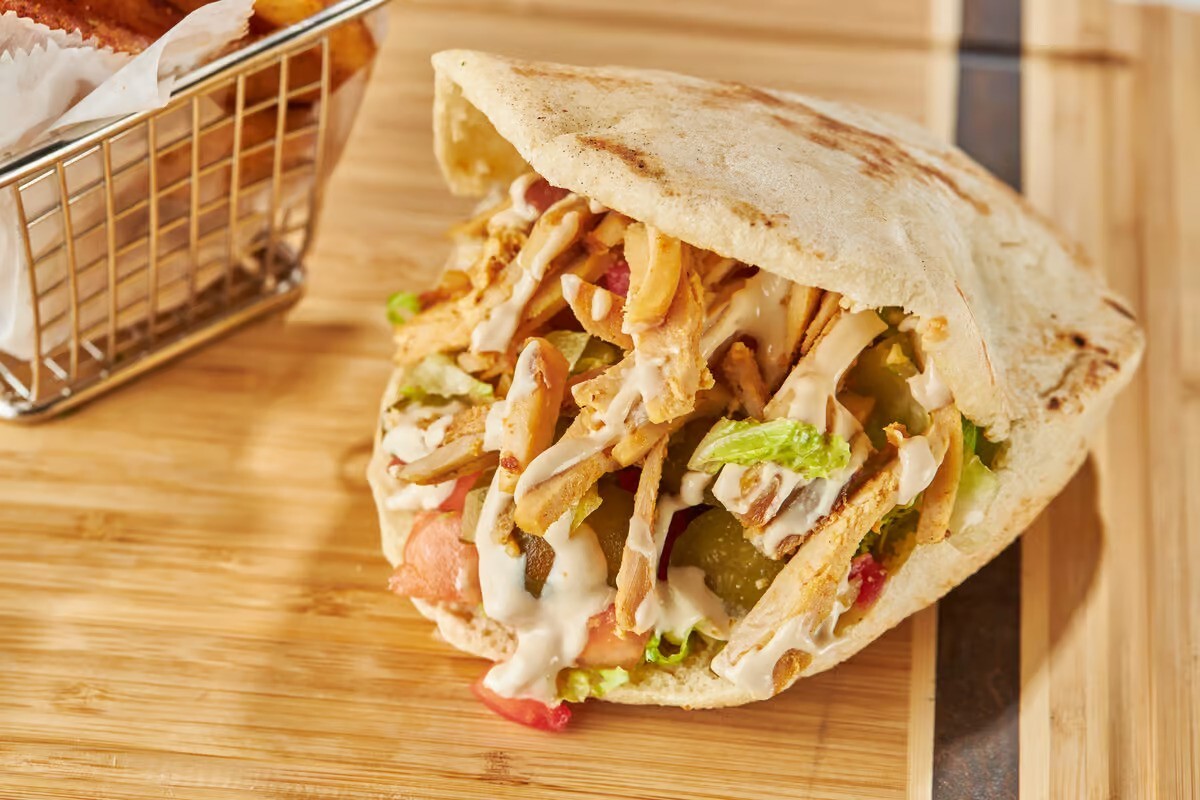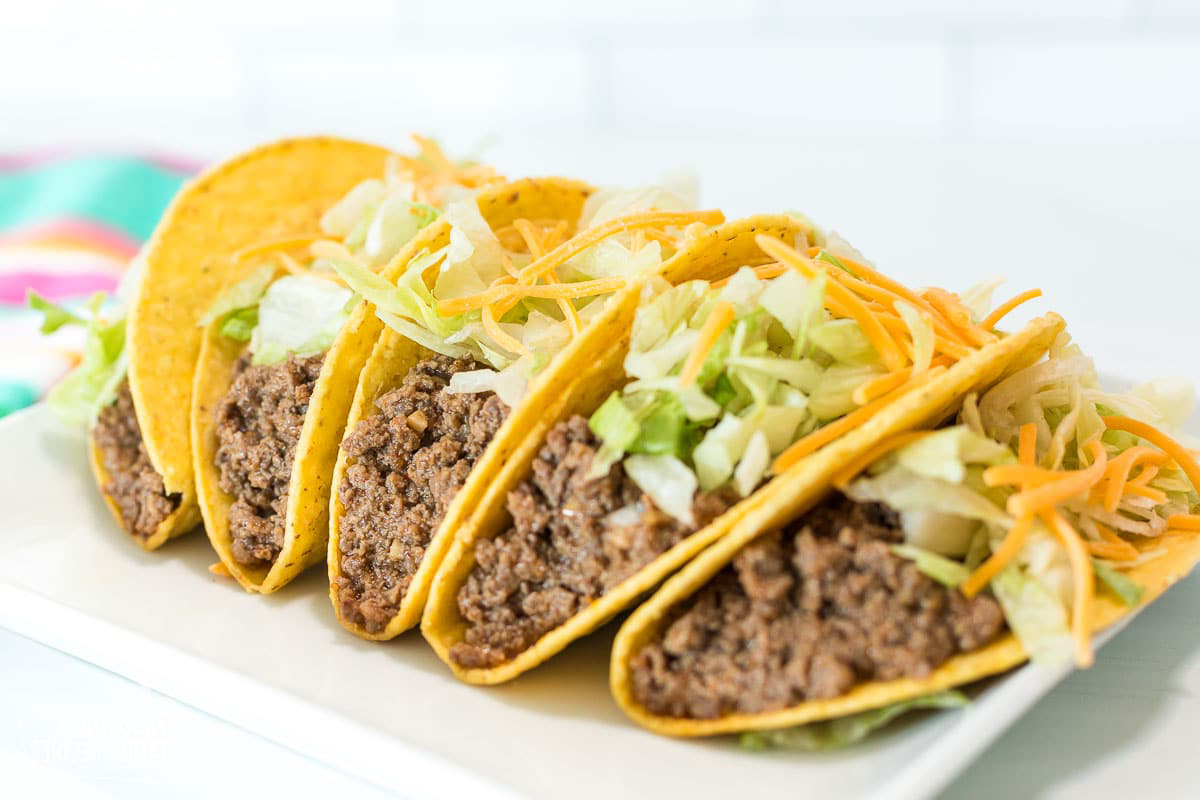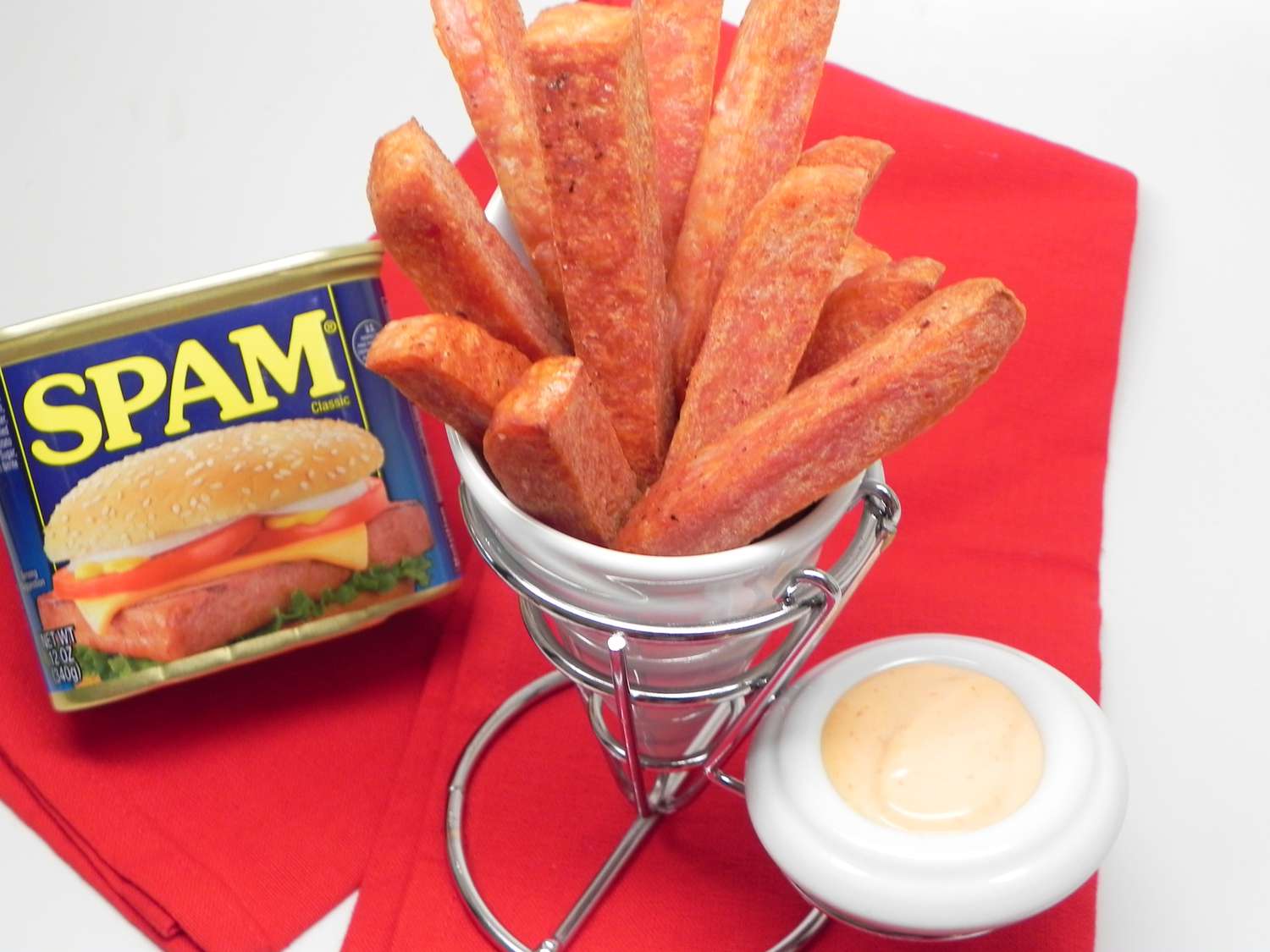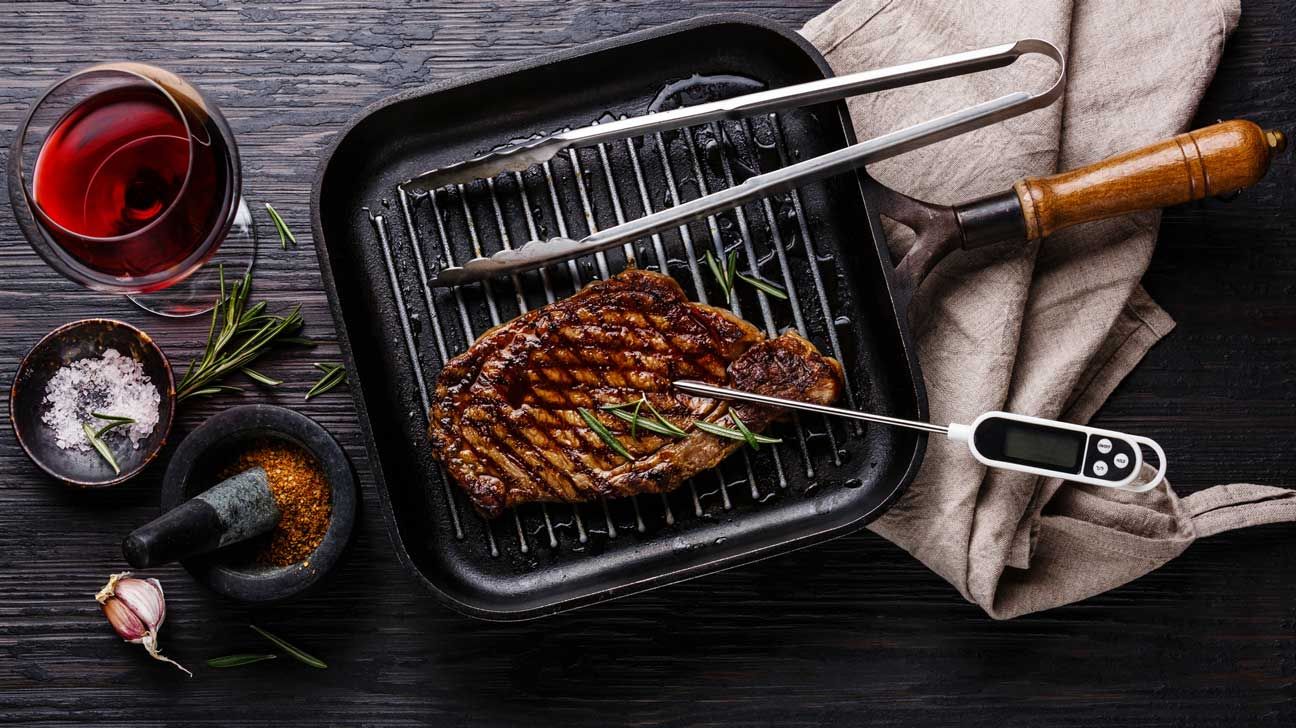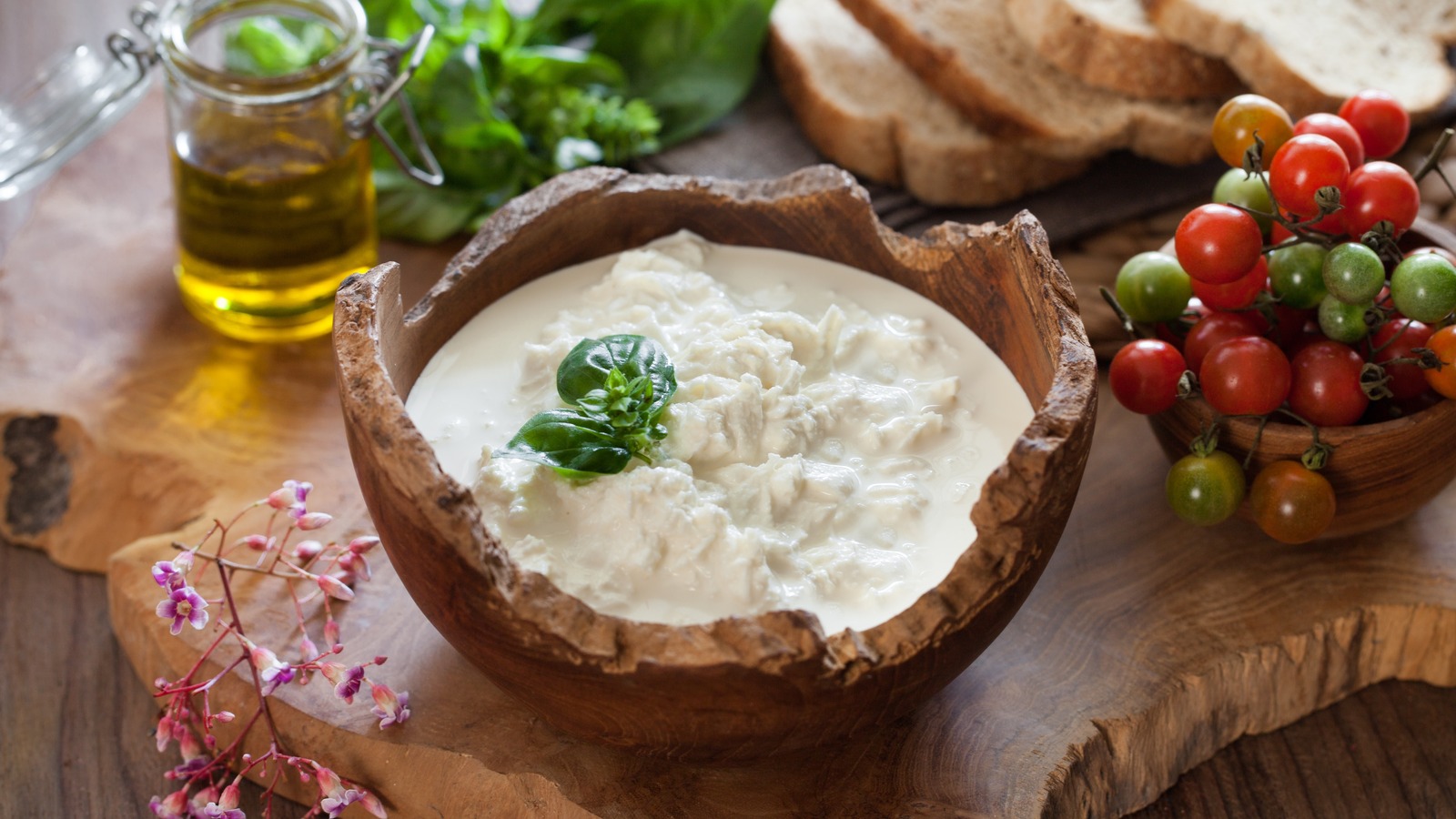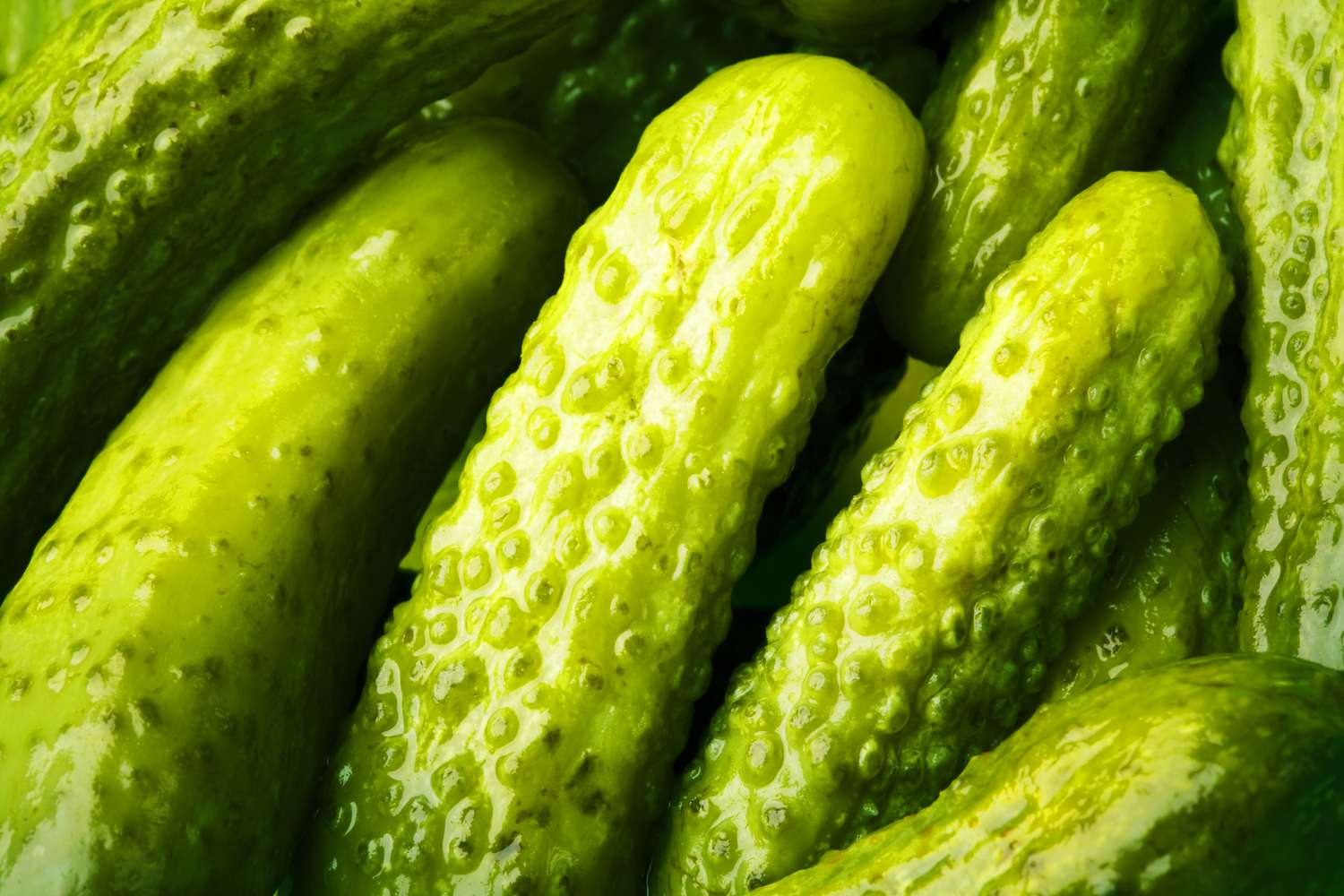Yellow dal, also known as yellow lentils, is a popular dish in Indian cuisine. It is made from split yellow lentils, which are also known as moong dal. This versatile and nutritious ingredient is a staple in many Indian households and is enjoyed in various forms, from soups to stews to side dishes. In this article, we will explore the origins of yellow dal, its nutritional benefits, and some delicious ways to enjoy it.
Origins of Yellow Dal
Yellow dal has been a part of Indian cuisine for centuries. It is believed to have originated in the Indian subcontinent, where lentils have been cultivated for thousands of years. Lentils are a rich source of protein and have been an important part of the Indian diet, especially for those who follow a vegetarian or vegan lifestyle. Yellow dal is a versatile ingredient that can be used in a wide variety of dishes, making it a popular choice in Indian cooking.
Nutritional Benefits of Yellow Dal
Yellow dal is not only delicious but also packed with essential nutrients. Here are some of the key nutritional benefits of including yellow dal in your diet:
- Protein: Yellow dal is a rich source of plant-based protein, making it an excellent choice for vegetarians and vegans.
- Fiber: It is high in dietary fiber, which is important for digestive health and can help prevent constipation.
- Vitamins and Minerals: Yellow dal is a good source of vitamins and minerals, including folate, iron, and potassium.
- Low in Fat: It is low in fat and cholesterol, making it a heart-healthy choice.
Delicious Ways to Enjoy Yellow Dal
There are countless ways to enjoy yellow dal, and it can be prepared in various forms to suit different tastes and preferences. Here are some delicious ways to enjoy this versatile ingredient:
- Dal Tadka: This is a popular Indian dish where yellow dal is tempered with spices and herbs, giving it a flavorful and aromatic twist.
- Dal Soup: Yellow dal can be used to make a hearty and nutritious soup, perfect for a comforting meal on a cold day.
- Dal Fry: In this dish, yellow dal is sautéed with onions, tomatoes, and spices, creating a flavorful and satisfying dish.
- Dal Khichdi: This is a one-pot meal made with yellow dal, rice, and an assortment of spices, creating a wholesome and comforting dish.
In Conclusion
Yellow dal is a versatile and nutritious ingredient that has been a part of Indian cuisine for centuries. Whether you enjoy it as a comforting soup, a flavorful side dish, or a hearty main course, yellow dal is a delicious and healthy addition to any meal. With its rich nutritional profile and delicious flavor, it's no wonder that yellow dal continues to be a beloved staple in Indian cooking.
Was this page helpful?
Read Next: What Is Sink Steak?
